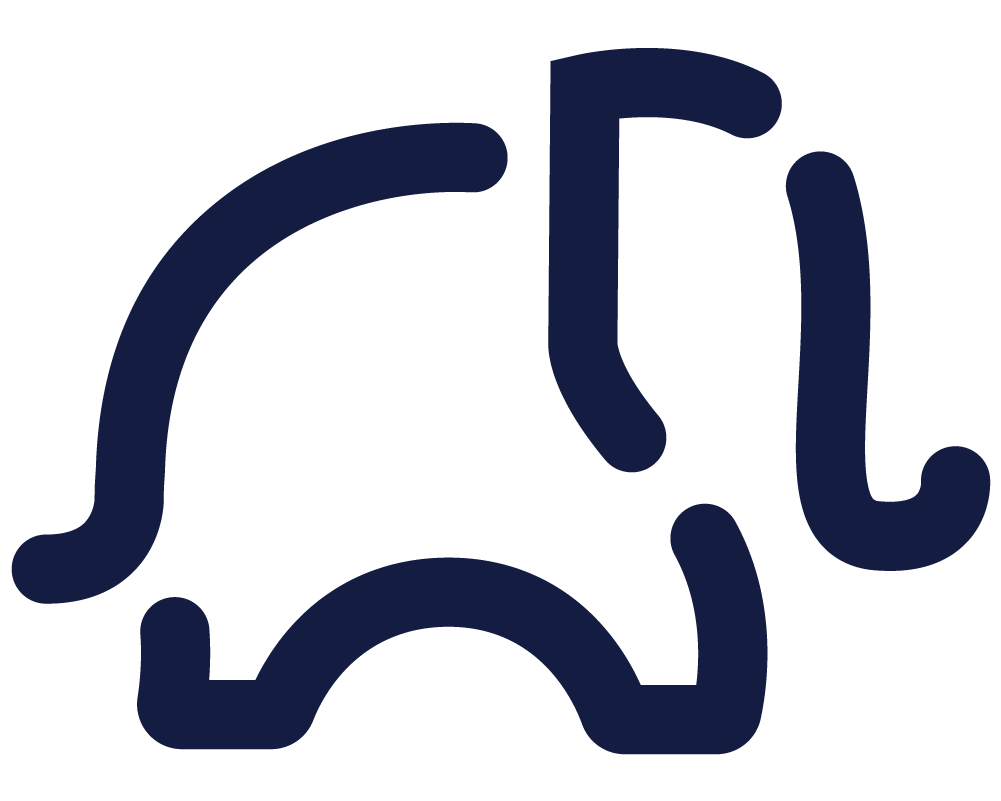Introduction to Systems Thinking Part 5
How could systems thinking apply to social innovation and social entrepreneurship?
Let’s start with a real-life example.
How do we integrate engaging, scalable, and ongoing education about social and environmental issues in every classroom in the world?
At PRIME MOVERS we focus on three areas: waste and food waste, gender equality, and challenges of digitalization.
We also have a three-stage process in creating and implementing our work.
It’s very simple; Understand, Co-create and Implement.
We use systems thinking to understand the challenge we are facing and see where we can focus on for the most impact in changing the state of that system.
To start with, you can think of systems thinking having two main goals; gaining clarity in understanding the challenge, and identifying areas for leverage.
What does this mean?
Let me show you.
Step 1: Understand
The first thing in the understanding process is to set limits to your system. If what you are facing is world hunger, that might be too big to address. It might be better to re-think your strategy and start with a region with a special focus; infant malnutrition focusing on stunting, in Bihar, India.
So, for instance, we don’t focus on “Waste”, but one of our ventures focuses on responsible consumption of textiles in Austria.
It’s crucial to mention that this focus is not the vision of our organization. You can keep your grand and inspiring vision. That’s the way they are supposed to be. This is merely an approach and mindset that will get you closer to your vision.
So, how do we understand the problem and find areas of leverage?
Throughout the year, we talk to academics, NGOs, and companies to get insights from each side.
You might be thinking, well, there are conferences and working groups who do this already.
We identified that in order to get the most useful insights, we need to strip professionals and employers off their titles and talk to them on another level. This is very difficult if not impossible to do when the person is called to represent their company at an event or a working group.
Therefore, we sit one-on-one with these three stakeholders and have a meaningful and honest conversation that lasts about an hour. We don’t guide them to answer questions the way we want or influence the process. We have general guiding questions that we ask, and we delve deeper when we feel like there is more to explore in a certain topic.
We then go through the insights and understand the interrelations between the issues that they talk about, and also have a clear picture on how the stakeholders interact and interrelate with each other. We do further qualitative research to support our interviews.
We essentially break the silos in a very convenient way for all parties involved. You can also try this by implementing what is called a group model building.
Once we get to a certain level of understanding, we sometimes make these interrelations into a map. This is called system mapping. It shows the relationships between the factors creating the challenge you are tackling.
This is the first step when it comes to understanding. Understand from different stakeholders, involve them in the process and understand resistance.
The second step is to find leverage.
If we picture change in systems as a pull and push game, finding leverage is to pull and push not just hard, but also smart.
Where can we intervene to create the most output towards my goal of changing the state of this system?
Step 2: Co-create
Once we find a leverage point, we co-create potential solutions. This is our social innovation process.
Every year, we bring these leverage points and problem areas to our annual conference and community: ONE DAY. (www.oneday.at)
There we work with experts and passionate people to create innovative solutions to these problem areas.
Ideas that change the world?
Well, not quite.
Ideas are easy. Implementation is the main challenge.
So, naturally, the third step is to implement it.
Step 3: Implement
We went through systems thinking and social innovation.
The way we implement is rooted in social entrepreneurship.
We take some of the ideas we like, bring them back to the experts and get further opinions on them. If it aligns with our resources, we take on the implementation of the idea along with our partners. If not, we connect these ideas with existing social entrepreneurship networks along with our research. Would you like to be one of those organizations that spread this in your network? Contact us!
Understand. Co-create. Implement.
For us, this means: Systems thinking + Social Innovation + Social Entrepreneurship
Similar processes have also recently been talked about as “systems entrepreneurship”.
Social entrepreneurship is not only about bringing new products, services, or innovation to the table. It is also about diffusing existing ones or simply connecting the dots. Taking the initiative and making it happen is what a social entrepreneur is. That only happens when you can see the system in a different way than we have been taught to.
Tomorrow, we will talk about how systems thinking can be applied to social entrepreneurship with a real life example.
